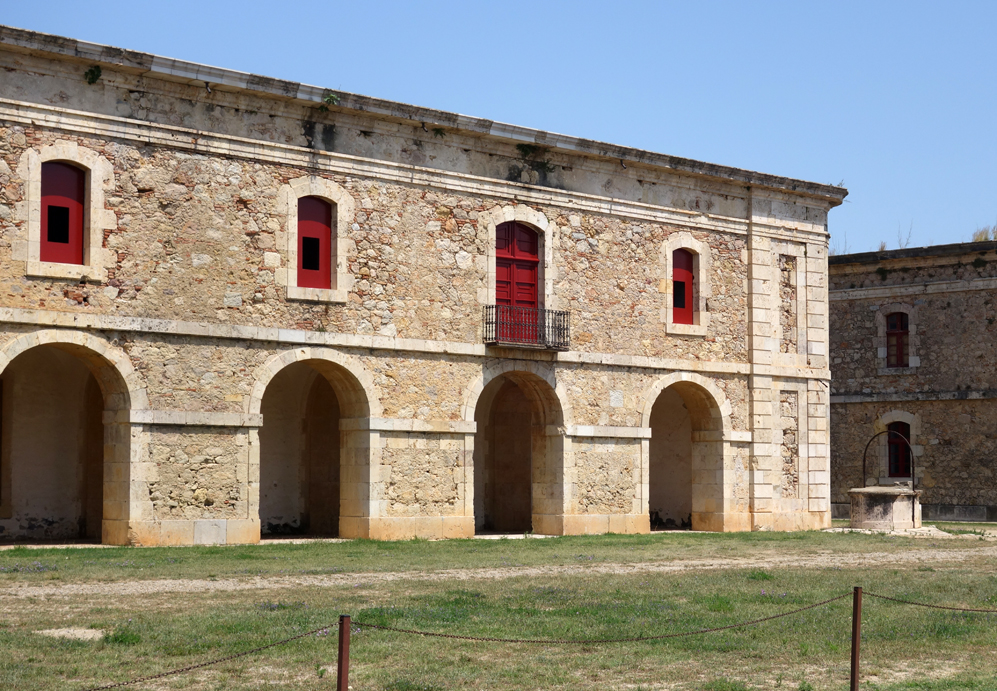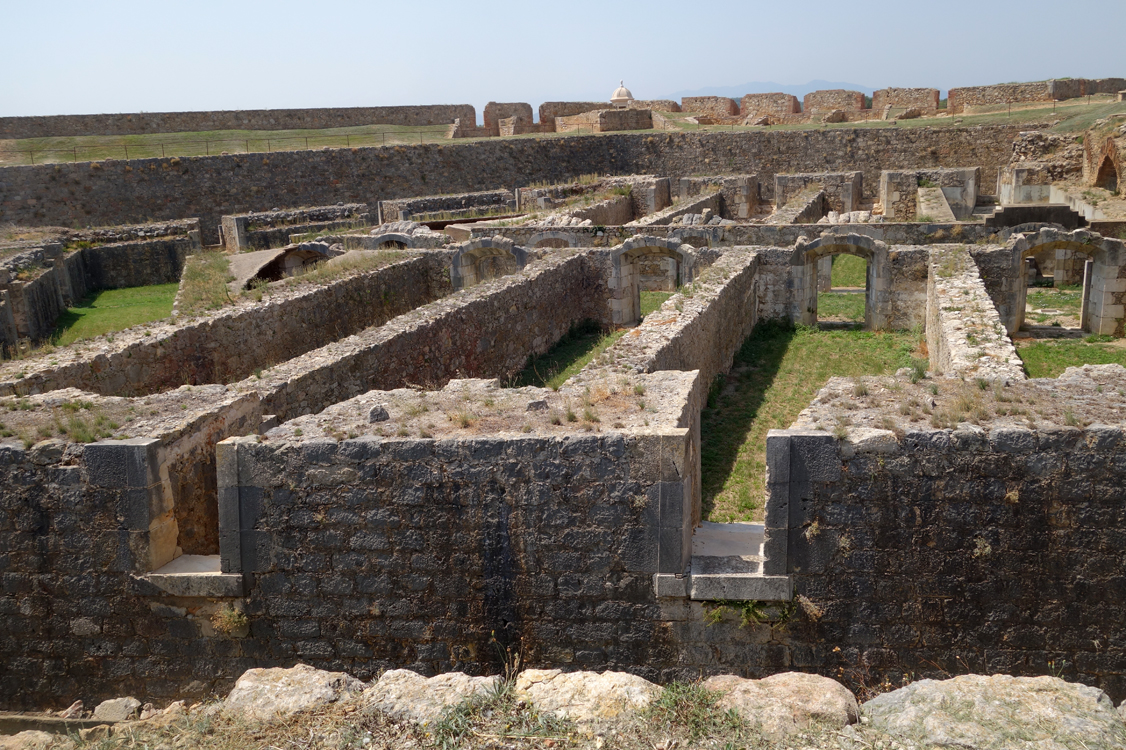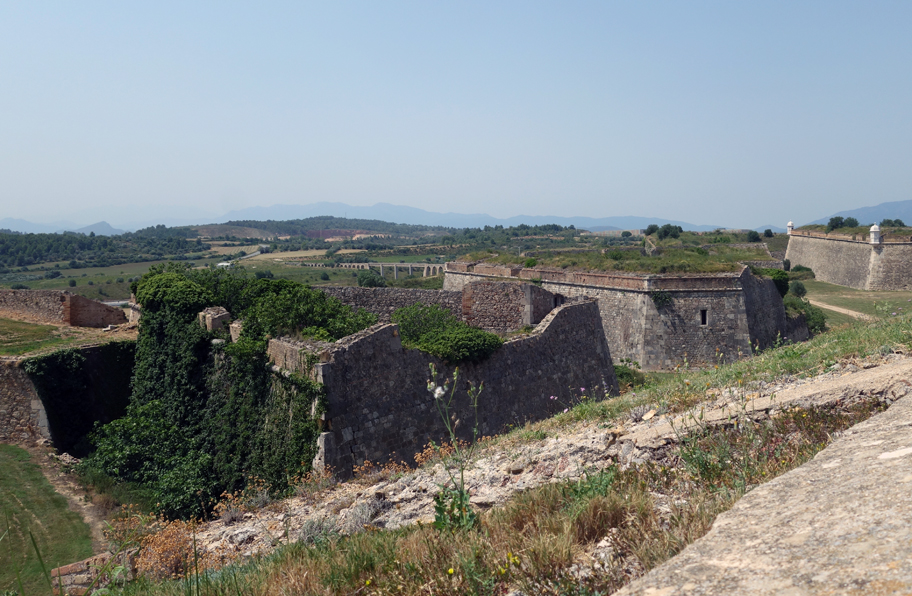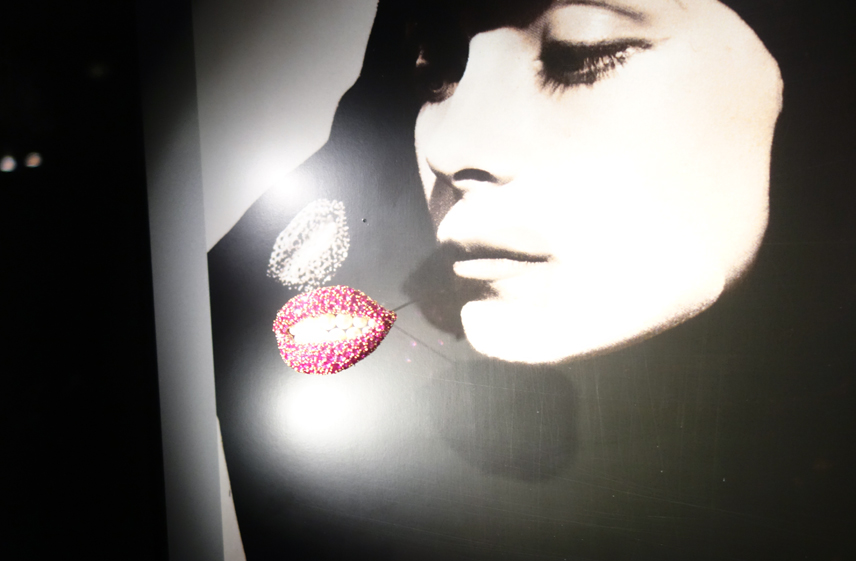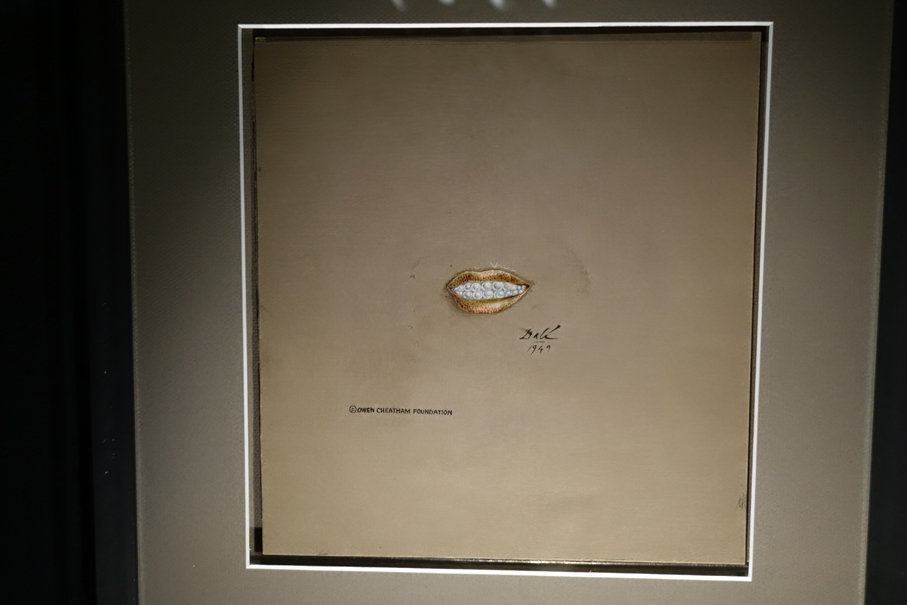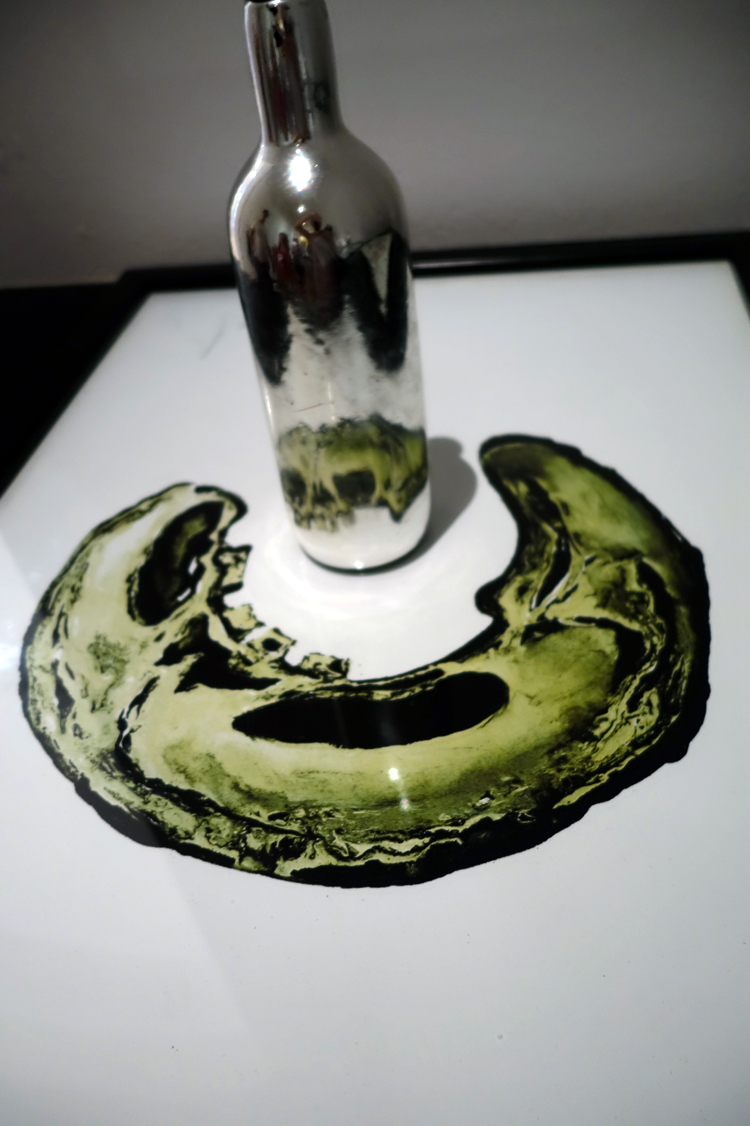I spent my final day packing and trying to finish up Darker Side. I cut it really close - the painting was wet most of the evening but finally around 9:00pm I was able to wrap it up to put in my suitcase. That last night I woke up a number of times to blow my nose.
The next morning I took the train back into Barcelona and then switched to another train that took me to the airport, where I then had to find the bus to take me to Terminal 1 - the international departures terminal. Due to the infrequent train schedule and my therefore early start, I thought I was going to have to wait at my gate for about two to three hours, but actually by the time I got through security and customs to my gate it was only about half an hour before boarding (though boarding was over an hour ahead of departure).
I ended up getting stuck in a middle seat, which is particularly unpleasant on a ten hour flight. Luckily, the woman next to me started trying to figure out how to sit next to her partner who was two rows back and after they asked some other guy who weirdly preferred his middle seat, I volunteered myself to switch with her partner who luckily was on an aisle. Then the flight attendant saw me and since I was clearly willing to move, asked if I could move again to bring another family together. She offered a window seat (no thanks - I like to be able to get up without asking someone else to move) but I countered with aisle and she made it happen. As the flight started taking off, I realized that the stuffiness last night was because I was, in fact, getting a cold. Honestly, while I'd have preferred no cold at all, it was better that it happened on a travel day and not during my last few days in Spain. Getting the aisle seat was super helpful, though, as I made at least ten different visits to the bathroom for tissues.
That flight also had some of the most abundant food services I've ever encountered. They had more than twice the amount of services that the initial flight had - we had a full pasta meal, then later they offered ice cream, then they offered pretzels, and then they brought another slightly smaller meal around. This was all quite nice since the rest of my travel was uneventfully but tightly sequenced such that as soon as I landed in Charlotte and found my next gate I had less than ten minutes before boarding it so I wouldn't have had time to get more food if I had wanted any.
Finally I arrived in Kansas City, and though my bags were really slow to come out on the carousel, they appeared eventually and my wonderful colleague Susan was waiting to take me home. It is so nice to have a trustworthy, friendly face to welcome you back after some time away.
